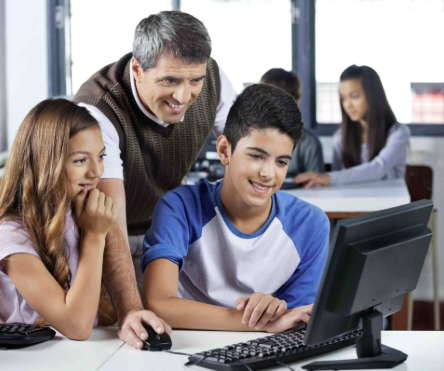Introduction
Social media is often associated with entertainment and social networking, but its role in education is rapidly expanding. Schools are increasingly recognizing its potential as a teaching and engagement tool. With thoughtful use, social media platforms can support classroom learning, connect school communities, and encourage student creativity in safe and meaningful ways.
Enhancing Communication and Engagement
Schools use social media to strengthen communication with students, parents, and the wider community. Updates about school events, classroom activities, and academic resources are shared in real time, helping families stay connected and involved. Platforms such as Facebook, Instagram, and Twitter provide accessible channels for announcements, celebrations, and reminders.
Creating Digital Learning Opportunities
Educators are also incorporating social media into their teaching strategies. For example, teachers may use YouTube for instructional videos, Pinterest to share lesson ideas, or X (formerly Twitter) for classroom discussions. These platforms offer creative ways to extend learning beyond the classroom and spark interest in a variety of subjects.
Student-Led Projects and Collaboration
Social media allows students to showcase their work and collaborate on group projects. Through blog posts, video presentations, and class pages, learners can publish and share their ideas with a wider audience. This practice encourages digital citizenship, communication skills, and responsible online behavior.
Professional Learning Communities for Educators
Teachers and school leaders use social media to connect with peers, share resources, and stay informed about educational trends. Online communities foster collaboration and professional development, enabling educators to learn from one another and adopt new strategies that improve teaching and learning outcomes.
Promoting School Culture and Achievements
Social media is also used to build a positive school culture by highlighting student achievements, classroom successes, and school-wide initiatives. These public celebrations help create a sense of pride and unity within the school community while promoting a positive reputation externally.
Guiding Safe and Responsible Use
As schools adopt social media tools, they also emphasize digital responsibility. Students learn about privacy, respectful communication, and how to navigate digital spaces safely. Schools often establish clear policies and provide guidance to ensure platforms are used in a way that supports learning goals.
Conclusion
With the right strategies, social media can be a powerful ally in education. By embracing these platforms thoughtfully, schools are enhancing learning, strengthening community connections, and preparing students to be responsible, engaged digital citizens. As technology continues to evolve, so too will the ways educators harness it to support meaningful, modern education.














